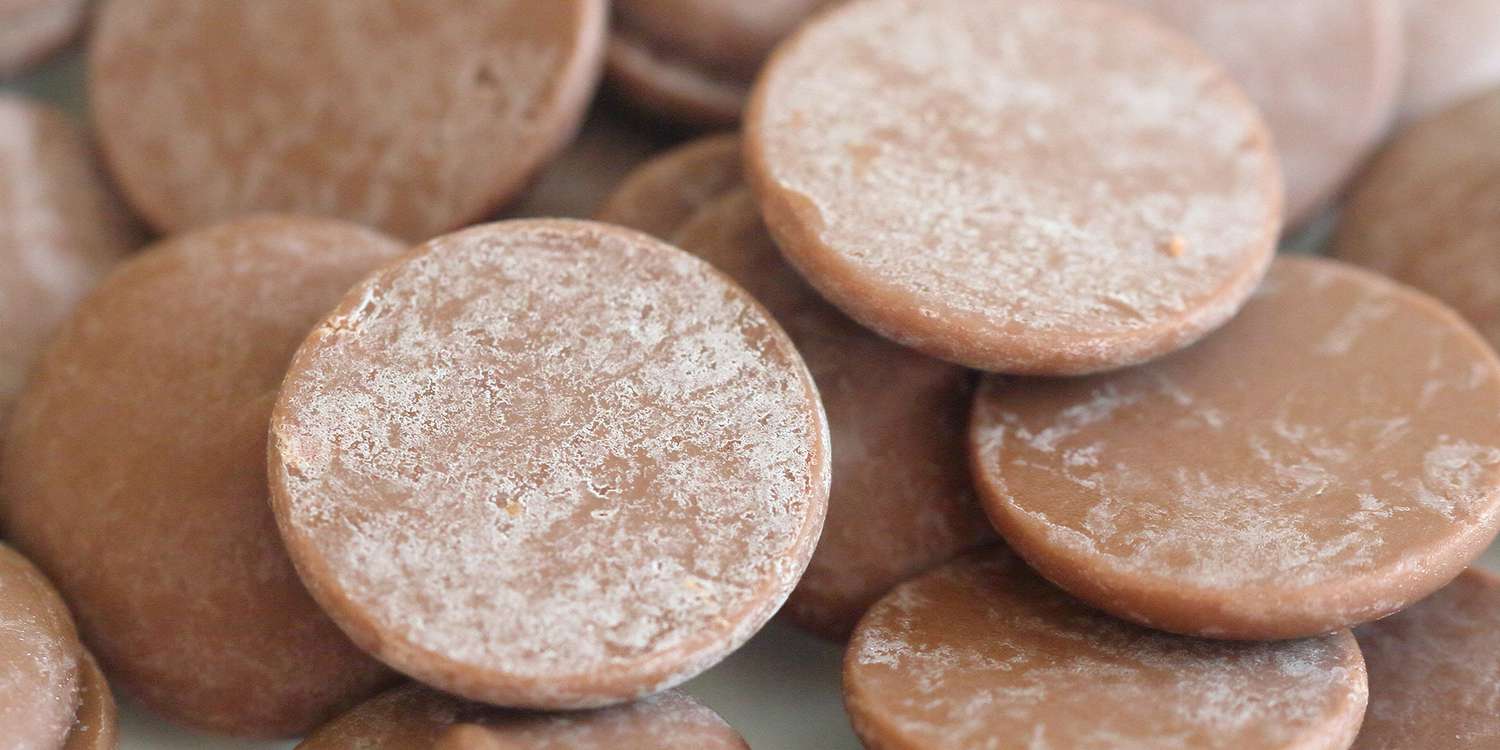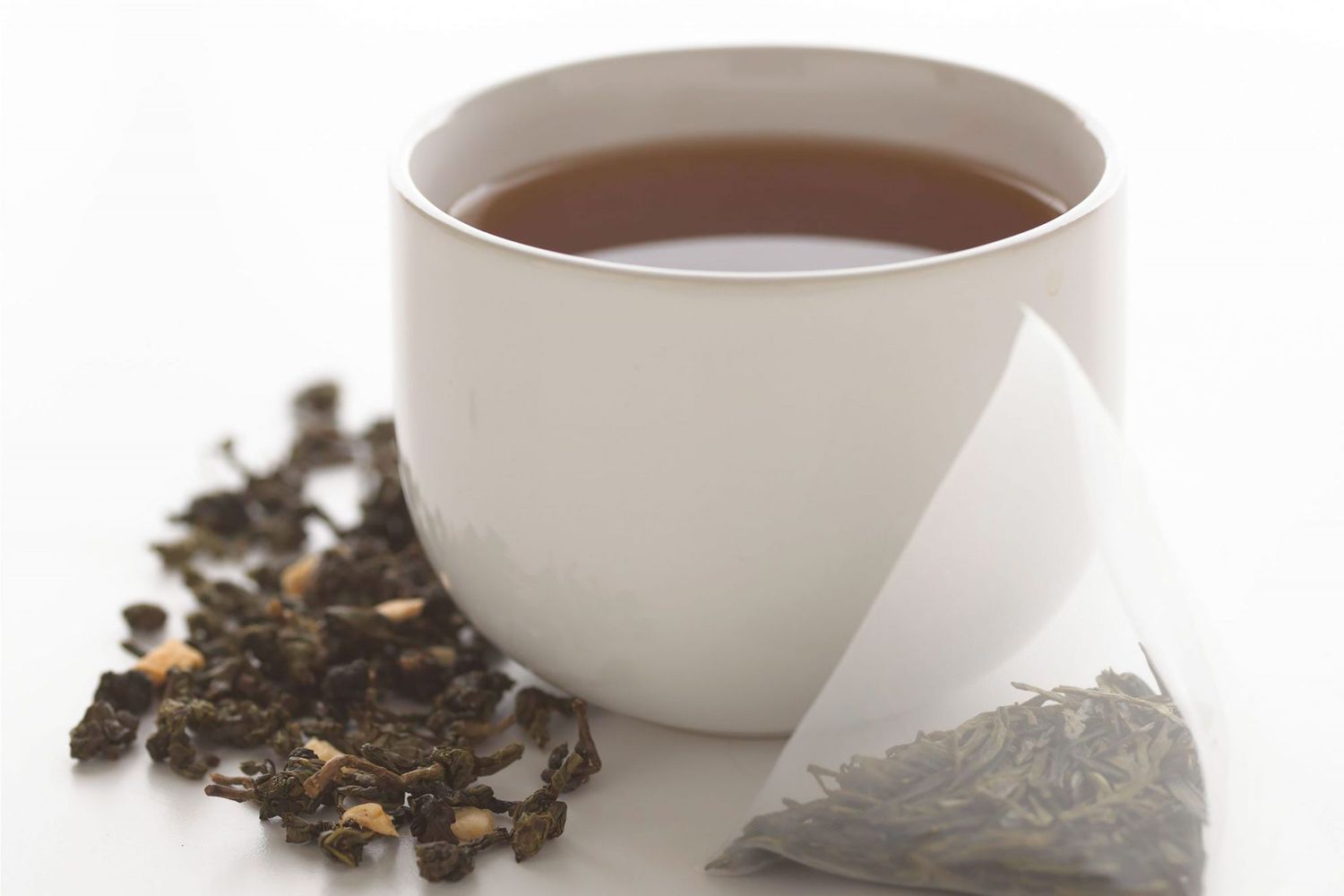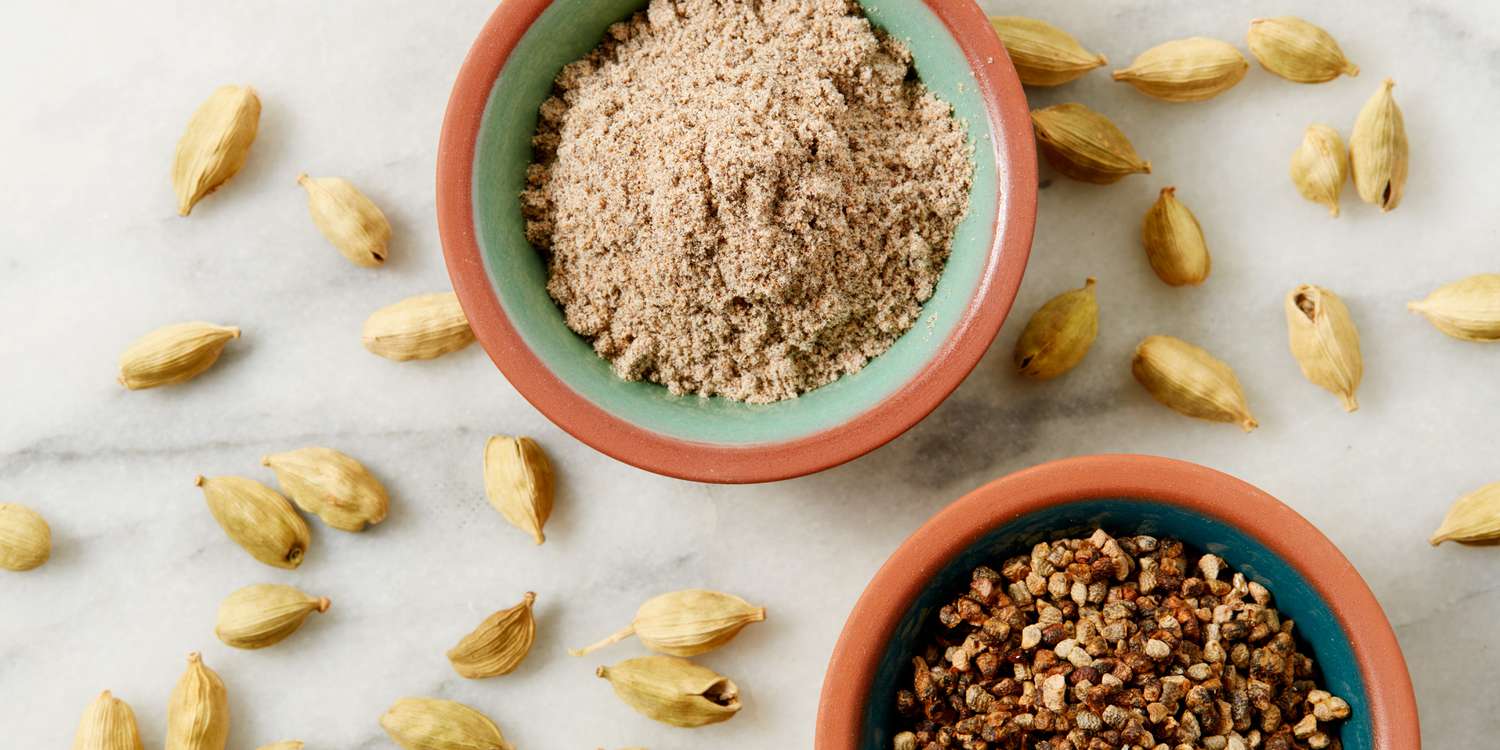Nothing spoils the Valentine’s Day mood like disrobing a chocolate bar that costs as much as a bottle of bubbles to find it coated in a chalky, whitish substance instead of being a luscious, glossy creation. This unattractive but harmless phenomenon is known as chocolate bloom. What’s going on, and is your chocolate moment spoiled forever? We recruited former Le Bernardin pastry chef Michael Laiskonis, now chef at New York City’s Institute of Culinary Education, to explain what chocolate bloom is, why it happens, and how to prevent and even reverse this confectionary nuisance.
First, a little background. (Real) chocolate is made up of just two ingredients: sugar and cocoa beans. The latter comprises cocoa solids (the shelled, roasted, and fermented mass of cacao fruit seeds) and cocoa butter (less sexily known as fat).
“Cocoa butter is solid at room temperature, which is not all that common for a plant-based fat,” says Laiskonis. “It can actually be a solid in several different forms.”
What Is Fat Bloom and How Does It Ruin Chocolate?
Knowing this, it’s easier to understand the first of two main culprits for chalky chocolate: fat bloom. When cocoa butter turns from liquid to solid, it forms crystals—an intimidating word we hear most often in conversations about chocolate tempering. “When we’re tempering chocolate into bars or for decoration or to coat bonbons, we’re trying to isolate just one crystal [the fifth of six possible “solid” forms cocoa butter can take], which gives it all the characteristics of shine, snap, and resistance to melting we look for aesthetically and sensorially,” Laiskonis says.
When chocolate is improperly tempered or later exposed to warm temperatures—say, left in a hot car or stored in a cabinet next to the stove—it melts and recrystallizes in a less stable, meaning dull and streaky or blotchy, form. Fat bloom can also change the texture of chocolate in the mouth: melting a little unevenly, though Laiskonis stops short of describing the texture as grainy, which is a telltale symptom of the second form of bloom: sugar.
What Is Sugar Bloom and How Does It Ruin Chocolate?
Chocolate contains no measurable water content; the sugar therein is finely ground with all the other ingredients, rather than dissolved. This is mostly because fat and water are incompatible, Laiskonis says. When chocolate is exposed to water—whether spilled on or even through humidity in the air—those fine sugar crystals will dissolve and recrystallize into larger ones, which in extreme cases can give the surface a sandpapery, gritty texture. Though visibly hard to decipher from fat bloom, sugar bloom will sometimes appear more gray than whitish, Laiskonis notes.
But Wait: You Can Fix It!
Sugar bloom is not reversible, “unless you happen to have chocolate manufacturing equipment in your house to re-grind it down,” he quips. Fat bloom, on the other hand, is. To bring chocolate back to its snappy, shiny self, you need only melt it down and re-temper it on the stovetop, in the microwave, or even a slow cooker.
If the very word “temper” makes you shudder and you happen to have a little heavy cream on hand, you could also turn your bloomed chocolate into ganache by breaking it into pieces then stirring it together with just-boiled heavy cream. From there, drizzle that shiny new glaze over chocolate cake, profiteroles or cookies, or dip fresh strawberries into it.
At the risk of straying into true chocolate nerd territory, Laiskonis mentions a final, milder kind of bloom that befalls all chocolate if it’s neglected long enough. All type-five crystals in chocolate will eventually transform into type six, which can take months, a year, or more. “I’m talking about that really old, unopened bar you forgot about, which, when you open it, might just look a little grayish and dull,” he says.
Because this type has a higher melting point, it melts slower and has a more brittle texture than a freshly produced chocolate bar. In that sense, the impact is more psychological than anything, given that it’s not the experience you expect when biting into a piece of chocolate.
“In reality though, chocolate never really goes bad,” Laiskonis says. “There’s not enough moisture to support molds or bacteria. Especially with dark chocolate, we don’t like to say it’s good forever—the cocoa butter will go rancid over time—but it will take years.”
In any case, the next time you’re confronted with chalky-looking chocolate, don’t panic. Melt it down with a bit of cream—deliciousness is sure to follow.



